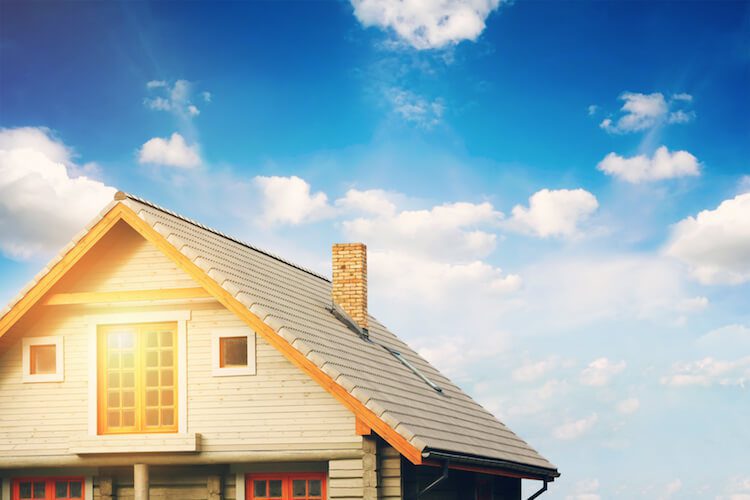Just like you need to prep your chimney before heavy use in the winter, you also need to give it some end-of-season love before heading into summer.
Think of it like running: you warm up before a marathon, and wind down with stretches after it’s all over. It’s important to wind down your chimney before summer to save on your a/c bills, keep pests out, keep your chimney clean and safe, and be sure it’s ready for next winter.
Spring is a great time of year to get your chimney cleaned and ready before the dog days of summer.
From closing the damper to inspecting your chimney, here’s our checklist to make sure your chimney stays in good condition all summer before the fall hits Boulder County.
1. Close the Damper
The flue damper seals off your chimney flue when you aren’t using the fireplace. When open, it lets smoke from your fire safely ventilate out of your home.
Closing it before summer keeps your cooling bill down. Think of it like a window: you wouldn’t leave open when cranking the A/C, and it keeps birds and insects from coming into your house.
The damper should be accessible by a handle or chain. If your fireplace doesn’t have a damper, you can buy an inflatable flue plug that’ll do the trick for the summer.
2. Clean and Inspect Your Chimney
Spring is a good time to have your chimney cleaner come over to inspect and clean your chimney before closing it down for the summer.
There are a few perks to cleaning and inspecting your chimney in the spring:
- Warm, dry weather makes it easy to get on the roof and complete a thorough inspection.
- You can avoid the fall rush common for chimney cleaners.
- Your fireplace will be ready to use at the first sign of cold weather when autumn rolls around.
A chimney cleaning will remove dangerous creosote buildup and other potential fire hazards. The inspection will check for cracks that, if left unattended, could lead to leakage and hard-to-repair damage.
Inspections can also find problems like insufficient drawing, which can be treated with damper repair and/or chimney capping.
3. Clean the Fireplace
Once your chimney has been cleaned, you can clear the fireplace of soot and ash. This is a good idea for two reasons:
- If you don’t clean it out, ash and soot could spread around your home over the course of the summer, and
- If your fireplace is clean, you can decorate it for summer (see more on this below).
You can shovel out the bulk of fireplace dust, soot, and ash by hand and then tidy up with a vacuum. A more modern fireplace can then be given an extra scrub down with soap and water, while older brick fireplaces should just be shoveled, brushed, and vacuumed to avoid damage.
4. Decorate Your Fireplace
Now that your chimney is safely closed down for the season, you can take advantage of that hearth with some fun summer decoration ideas!
It makes a great place for a candle arrangement, which will stun when lit for a dinner party. Or look for decorative fireplace screens that will add a little flair to the space.
A fireplace also makes a great frame for a floral, plant, or birchwood setting. Combine any of these ideas with a mirror inside of the back of the fireplace to add extra illumination to your space or a bench or sitting chair in or near the hearth to create a summer reading nook.
Get Your Chimney Ready for Summer with Sunrise Chimney Cleaning
GSC’s Sunrise Chimney Cleaning has the experts and the right tools to professionally clean and inspect your chimney. We can also repair flue dampers and come up with capping solutions if needed.
20 years of experience in chimney cleaning makes us the obvious choice for your pre-summer chimney prep.
We understand if you’ve skirted your chimney maintenance schedule for a bit longer than you’d like to admit. But a poorly maintained chimney can run into a series of issues like cracks, leaks, and unwelcome pests like raccoons, birds, and squirrels turning it into their new digs.
Learn about 5 common Colorado chimney pests and how to safely remove them »


